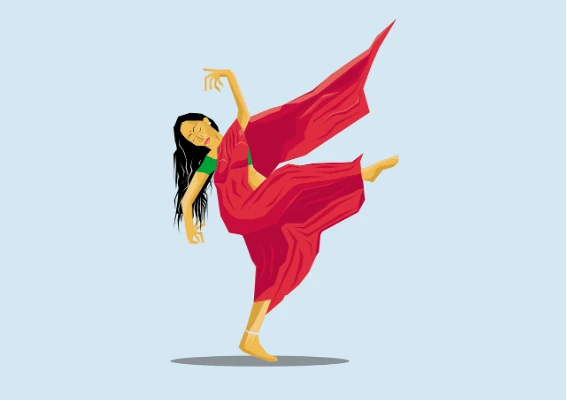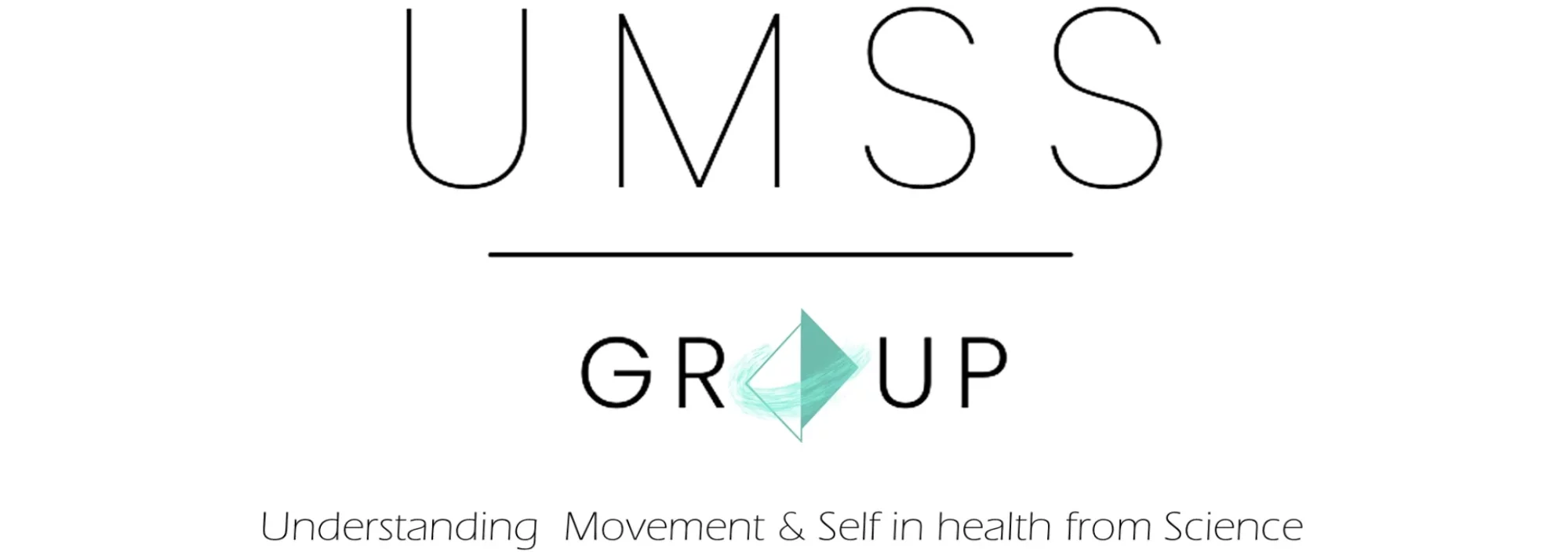
April 29th is International Dance Day. As dance is increasingly being used as a therapeutic tool, we’ve decided to dedicate this month’s post to it.
In most clinical cases, physical exercise is fundamental to treatment, and it’s widely known that staying healthy requires movement in some form or another. One of those forms can be dance.
Dance is a universal phenomenon present in all cultures, races, and civilizations. It arose with humanity itself and is considered one of the oldest forms of expression. Given that it’s a phenomenon found in all cultures, it has adopted multiple expressive and artistic forms throughout history. Therefore, defining it is a complex task, as there is a wide variety of conceptual approaches and interrelationships established on this term from different fields: anthropological, psychological, pedagogical, sociological, artistic, and musical (Universidade da Coruña, 1998).
When used as therapy, there isn’t a specific structure on how it should be performed, but rather the focus is on the creation and exploration of movement with music (Stück M et al. 2009).
Given its deep connection to human nature and its complexity, dance possesses several characteristics that make it an ideal form of exercise for many patients:
1. Adherence. It’s one of the main goals in any treatment. In exercise treatments, it’s often challenging to achieve, but dance, being for many people also a recreational activity, encourages it (Booth J et al. 2017).
2. External and internal attention focus. Depending on the goal, we can focus attention on the music (external), the quality and precision of movement (internal), or the coordination between music and movement (mixed).
3. Conscious exercise. Therapeutic dancing can also be understood as conscious exercise, involving concentration, breath control, and body movement. In patients with chronic pain, it has been observed to help reduce pain episodes by decreasing their perception of disability and increasing pain tolerance (Wu C et al. 2019; Maher C et al. 2017).
4. Social connection. As mentioned in previous blog posts, we are social beings, and dancing is a fantastic way to connect with others. It’s one of the oldest forms of socialization humans have (Universidade da Coruña, 1998).
5. Cognitive activity. Dance, like other forms of conscious exercise, directly influences the cognitive level of the person practicing it, improving overall cognitive performance, cognitive flexibility, memory, verbal fluency, and motor learning (Wu C et al. 2019).
Additionally, therapeutic dancing has direct benefits on various bodily systems, some of which are common to other forms of exercise and others specific:
1. Cardiovascular. Dance has been shown to have the same benefits as aerobic exercise in improving maximum oxygen consumption in patients with chronic heart failure. Positive effects on other metabolic parameters such as triglyceride levels and high-density lipoproteins (HDL) have also been observed. In fact, there seems to be a dose-response relationship between hours of dance practice per week and improvements in these lipid levels (Wu HY et al. 2016; Kim CG et al. 2003).
2. Immune. After a dance program, a reduction in plasma inflammatory markers and proteins characteristic of the acute phase of inflammation has been observed, as well as a higher concentration of anti-inflammatory cytokines (Domingueti CP et al. 2016). Blood levels of biomarkers such as interleukin 1 (IL-1ra), which is anti-inflammatory; decreased plasma levels of tumor necrosis factor alpha (TNF-α); and decreased C-reactive protein (CRP), both of which are pro-inflammatory, have also been modified (Borges L et al. 2019).
3. Pain modulation. Dance directly reduces pain sensitivity through individual mechanisms, such as activating the endogenous opioid and endocannabinoid systems, which activate descending pain-modulating pathways (Koltyn KF, 2000).
4. Musculoskeletal. Dancing stimulates postural muscles, stabilization, coordination, and the combination of all three. This is achieved through proposals that require voluntary contraction of a specific muscle or muscle group, as well as through movements that involve the whole body (Powell KE et al. 2011).
5. Psychological. By using dance as a form of therapy, movements become a vehicle through which individuals can experience personal growth and integration into a group. This is based on the relationship between movement and emotion, between body and mind. Through the exploration of different movement possibilities, people can experience greater balance and security, increasing their capacities for adaptation and spontaneity (Payne H, 2003).
If you enjoy dancing, we encourage you to enjoy it as much as you can from UMSS. And if you need to incorporate physical exercise into your daily routine (whether for health reasons or not), remember that dance is a great option to do so. Whenever dance has a therapeutic goal for a specific condition, it’s necessary to do it under the guidance of a trained professional.
Bibliography:
Booth, J., Moseley, G. L., Schiltenwolf, M., Cashin, A., Davies, M., & Hübscher, M. (2017). Exercise for chronic musculoskeletal pain: A biopsychosocial approach. Musculoskeletal Care, 15(4), 413–421. https://doi.org/10.1002/msc.1191
Borges, L., Passos, M.E.P., Silva, M.B.B., Santos, V.C., Momesso, C.M., Pithon-Curi, T.C., Gorjão, R., Gray, S.R., Lima, K.C.A., de Freitas, P.B., & Hatanaka, E. (2019). Dance training improves cytokine secretion and viability of neutrophils in diabetic patients. Mediators of Inflammation, 2019, 1–8. https://doi.org/10.1155/2019/2924818
Domingueti, C.P., Dusse, L.M.S., Carvalho, M. das G., de Sousa, L.P., Gomes, K.B., & Fernandes, A.P. (2016). Diabetes mellitus: The linkage between oxidative stress, inflammation, hypercoagulability and vascular complications. Journal of Diabetes and Its Complications, 30(4), 738–745. https://doi.org/10.1016/j.jdiacomp.2015.12.018
Educación física e deporte no século XXI (1998). A Coruña: Universidade da Coruña. Servicio de Publicacións.
Kim, C.G., June, K.J., & Song, R. (2003). Effects of a health-promotion program on cardiovascular risk factors, health behaviors, and life satisfaction in institutionalized elderly women. International Journal of Nursing Studies, 40(4), 375–381. https://doi.org/10.1016/s0020-7489(02)00102-5
Koltyn, K.F. (2000). Analgesia following exercise: A review. Sports Medicine (Auckland, N.Z.), 29(2), 85–98. https://doi.org/10.2165/00007256-200029020-00002
Maher, C., Underwood, M., & Buchbinder, R. (2017). Non-specific low back pain. Lancet, 389(10070), 736–747. https://doi.org/10.1016/s0140-6736(16)30970-9
Payne H (2003). Dance movement therapy: Theory and practice. Routledge.
Powell, K.E., Paluch, A.E., & Blair, S.N. (2011). Physical activity for health: What kind? How much? How intense? On top of what? Annual Review of Public Health, 32(1), 349–365. https://doi.org/10.1146/annurev-publhealth-031210-101151
Stück, M., Villegas, A., Bauer, K., Terren, R., Toro, V., & Sack, U. (2009). Psycho-immunological process evaluation of biodanza. Journal of Pedagogy and Psychology Signum Temporis, 2(1). https://doi.org/10.2478/v10195-011-0024-7
Wu, C., Yi, Q., Zheng, X., Cui, S., Chen, B., Lu, L., & Tang, C. (2019). Effects of mind‐body exercises on cognitive function in older adults: A meta‐analysis. Journal of the American Geriatrics Society, 67(4), 749–758. https://doi.org/10.1111/jgs.15714
Wu, H.Y., Tu, J.H., Hsu, C.H., & Tsao, T.H. (2016). Effects of low-impact dance on blood biochemistry, bone mineral density, the joint range of motion of lower extremities, knee extension torque, and fall in females. Journal of Aging and Physical Activity, 24(1), 1–7. https://doi.org/10.1123/japa.2014-0088

